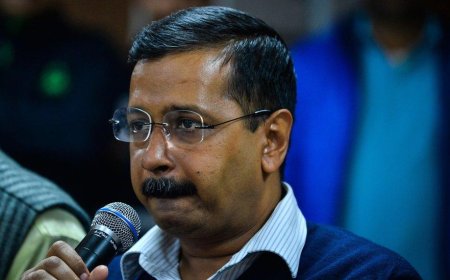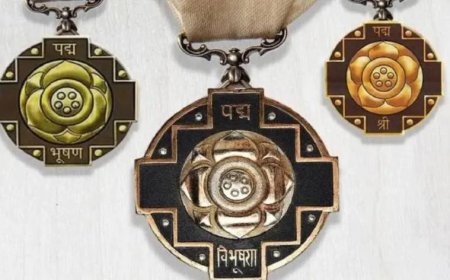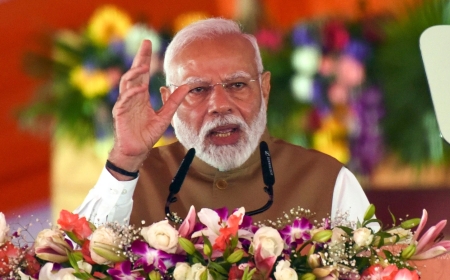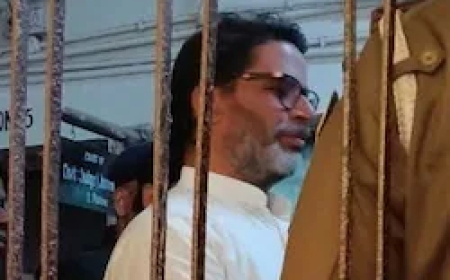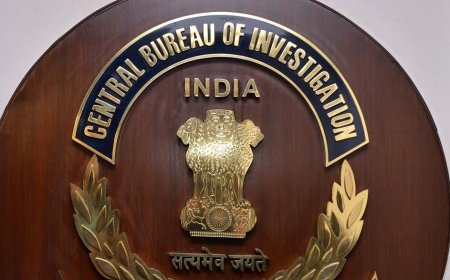Chandrayaan-3 Softly Lands On Moon, Marking A Historic Moment For India
Witness an extraordinary achievement as Chandrayaan-3, India's lunar mission, executes a smooth and historic landing on the Moon, marking a significant milestone in the country's space exploration journey.
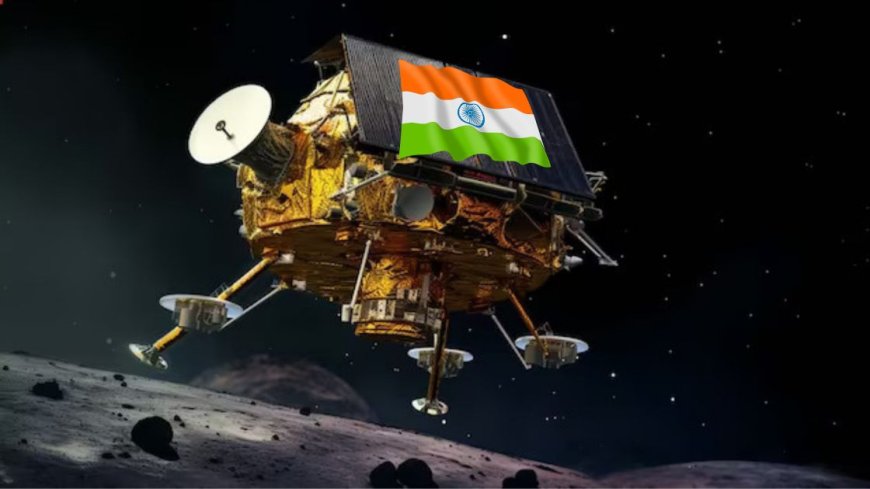
After a 41-day journey, the Chandrayaan-3 spacecraft landed on the Moon’s surface on Wednesday, realizing the dream of 140 crore Indians. The most ambitious project the Indian Space Research Organization (ISRO) has undertaken so far is Chandrayaan-3.
With this landing, India made history and became the fourth country to perfect the technology of soft lunar landing, following the United States, China, and the former Soviet Union (now Russia).
“The Mission Operations Complex (MOX) is buzzed with energy & excitement!” India’s space agency ISRO had tweeted yesterday.
This current attempt comes only days after Russia’s first Moon mission in over 50 years tragically ended in a collision within the same lunar region, following an unsuccessful Indian lunar mission in 2019.
Back in September 2019, India’s Prime Minister Narendra Modi was pictured hugging and patting K Sivan, the former head of the Indian Space Research Organisation, as the scientist could not control his tears after the space agency lost contact with Chandrayaan 2 lander ‘Vikram’ just as its descent to the Moon was initiated.
But perhaps the will to fight back and rise again was giving life amid the sobs and the dead silence in ISRO’s control room.
The most recent pictures sent back by the lander gave optimism to K. Sivan, the former director of the Indian space program, and gave him hope for a successful conclusion of the mission’s last phase.
It is encouraging that we will be able to complete the landing operation without any issues, he said, according to AFP.
The mission's voyage to the Moon, which was launched over six weeks ago amid the applause of thousands of spectators, significantly contrasts with the quick transits of the Apollo missions in the 1960s and 1970s, which arrived at their lunar target within days.
India’s technique entailed numerous orbits around Earth to collect speed before starting its month-long course toward the Moon, using rockets that were substantially less powerful than those used by the United States at the time.
“15 minutes of terror.”
The Chandrayaan-3 lander faced a critical moment in its quest to conduct a soft lunar landing on August 23 during a crucial technical maneuver. The lander was changing from a high-speed horizontal position to a vertical one during the last 15 minutes of its descent onto the surface of the Moon.
The outcome of the mission depended heavily on the accomplishment of this move. Former ISRO director Sivan has called this stage “15 minutes of terror.”
On August 21, 2023, former ISRO Chairman G Madhavan Nair described the Chandrayaan-3 mission’s intended landing on the Moon as a “very complex manoeuvre.”
It's a pretty tricky maneuver. In the final two kilometers (above the lunar surface), the Chandrayaan-2 spacecraft nearly made a soft landing on the Moon. As a result, a variety of components—including thrusters, sensors, altimeters, computer software, and others—must cooperate. Any fault anywhere, he said, “may put us in danger.
“We need to watch and use extreme caution. Of course, I am aware that ISRO has run a sufficient number of simulations and has included redundancies, making the likelihood of such a failure low. However, we must continue to cross our fingers,” he had added.
Next, what?
The goal of Chandrayaan-3 is to set up a rover on the Moon and investigate the lunar south pole following its successful landing. As it rolls across the lunar regolith (soil), the rover will leave an imprint of the Indian flag and ISRO emblem. It also has instruments set up with payloads that can deliver information on the Moon’s surface.
The lander will receive data from the rover, which will collect information on the Moon’s atmosphere’s elemental make-up. The Lander will then monitor the density of near-surface plasma (ions and electrons), as well as the thermal characteristics of the lunar surface, the seismic activity surrounding the landing site, and the composition of the lunar crust and mantle.
The research by the lander and rover will be finished in two weeks. Chandrayaan-2 orbiter can also be utilized as a backup communications relay because there is no direct connectivity between the rover and the national space agency.
What's Your Reaction?
 Like
0
Like
0
 Dislike
0
Dislike
0
 Love
1
Love
1
 Funny
1
Funny
1
 Angry
1
Angry
1
 Sad
0
Sad
0
 Wow
0
Wow
0

